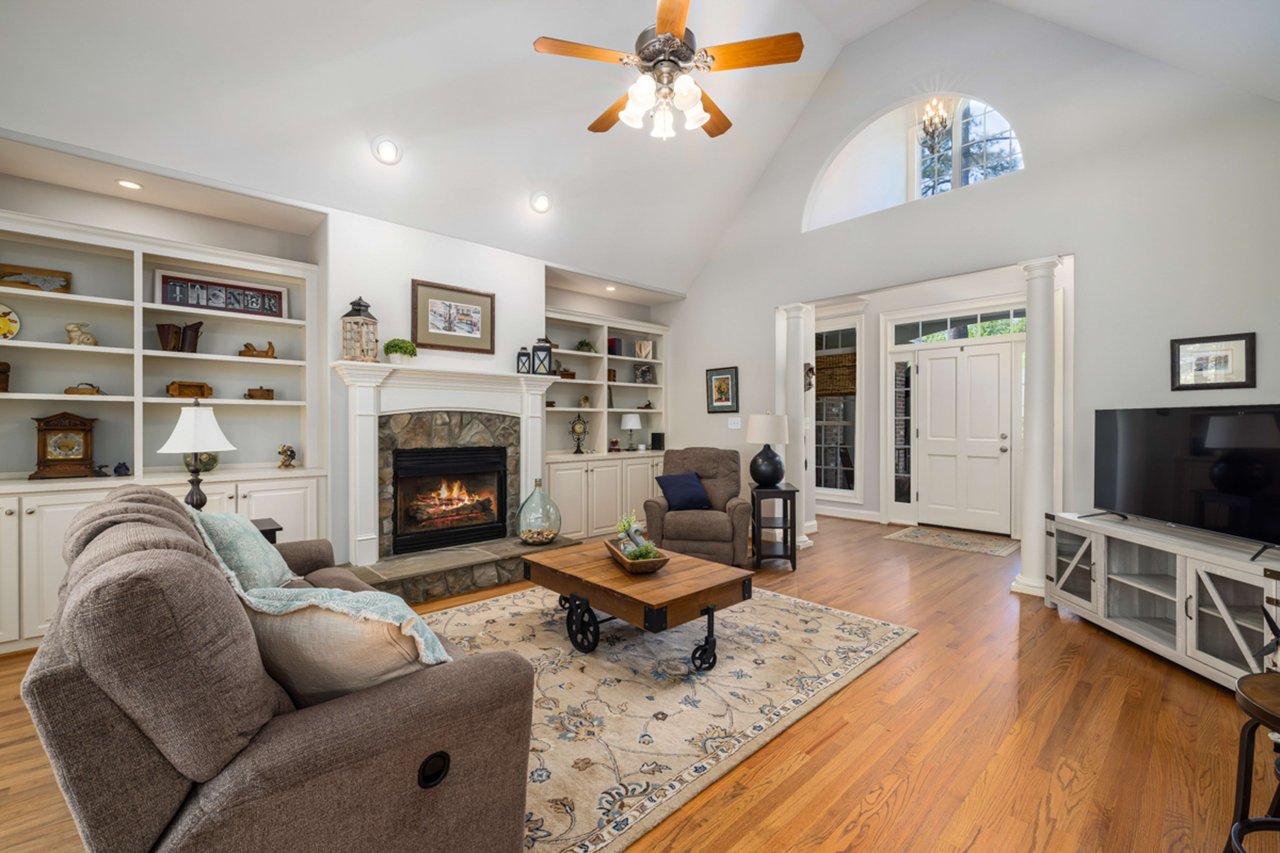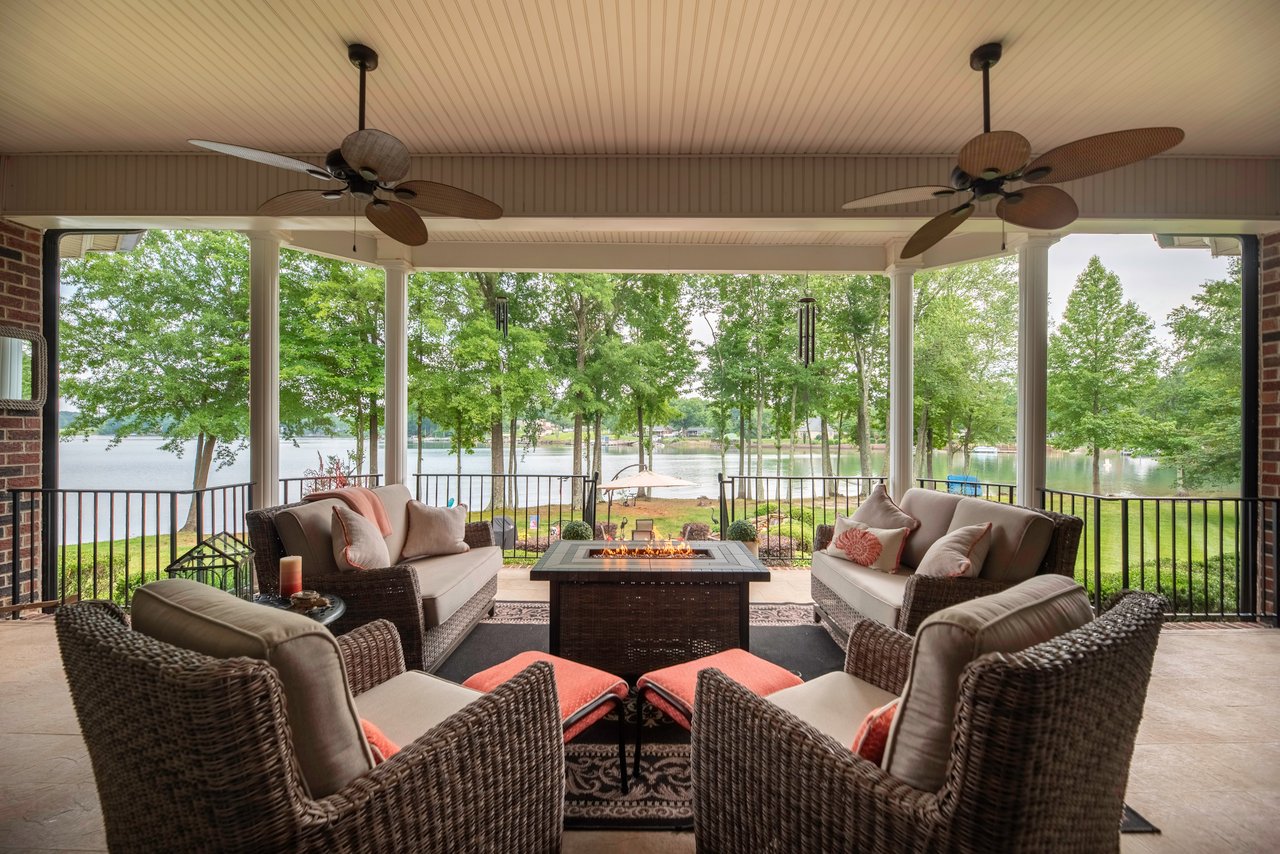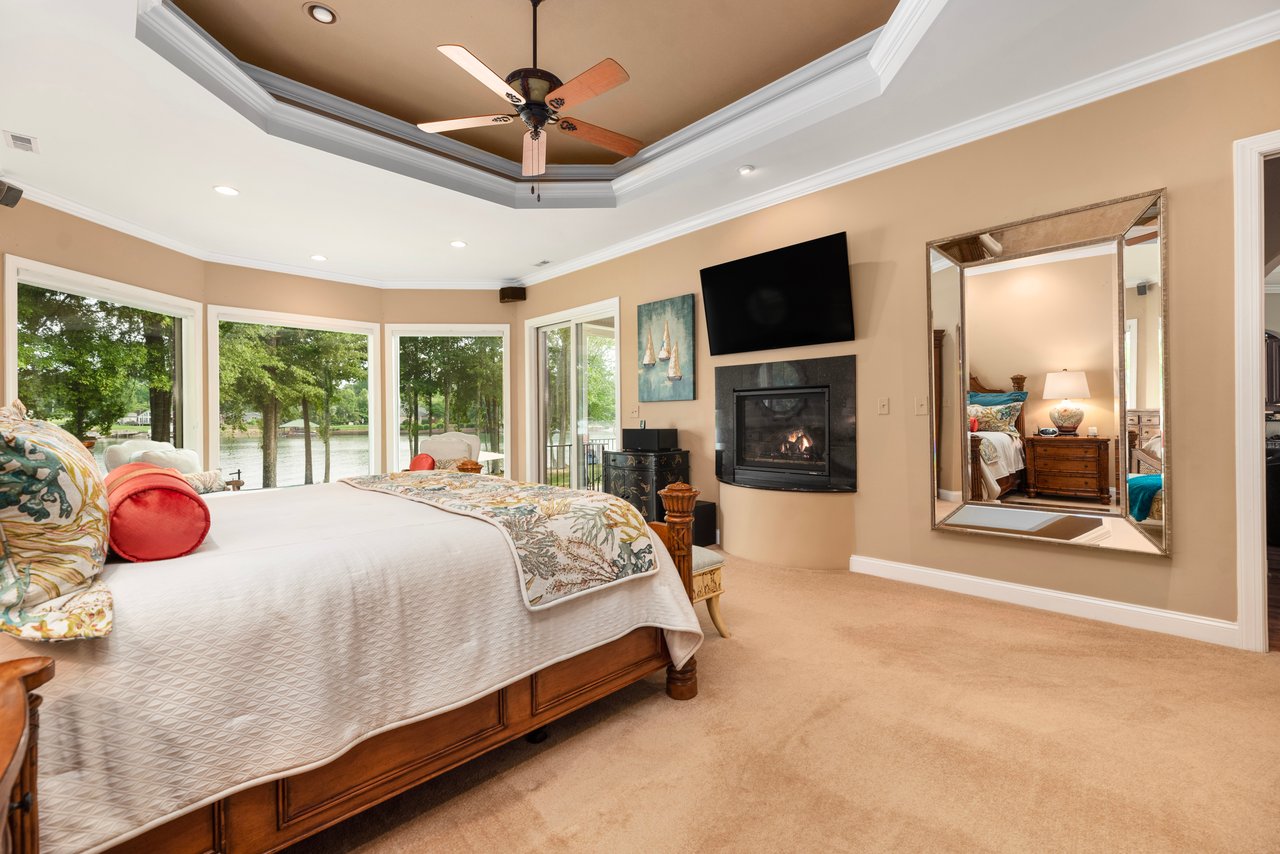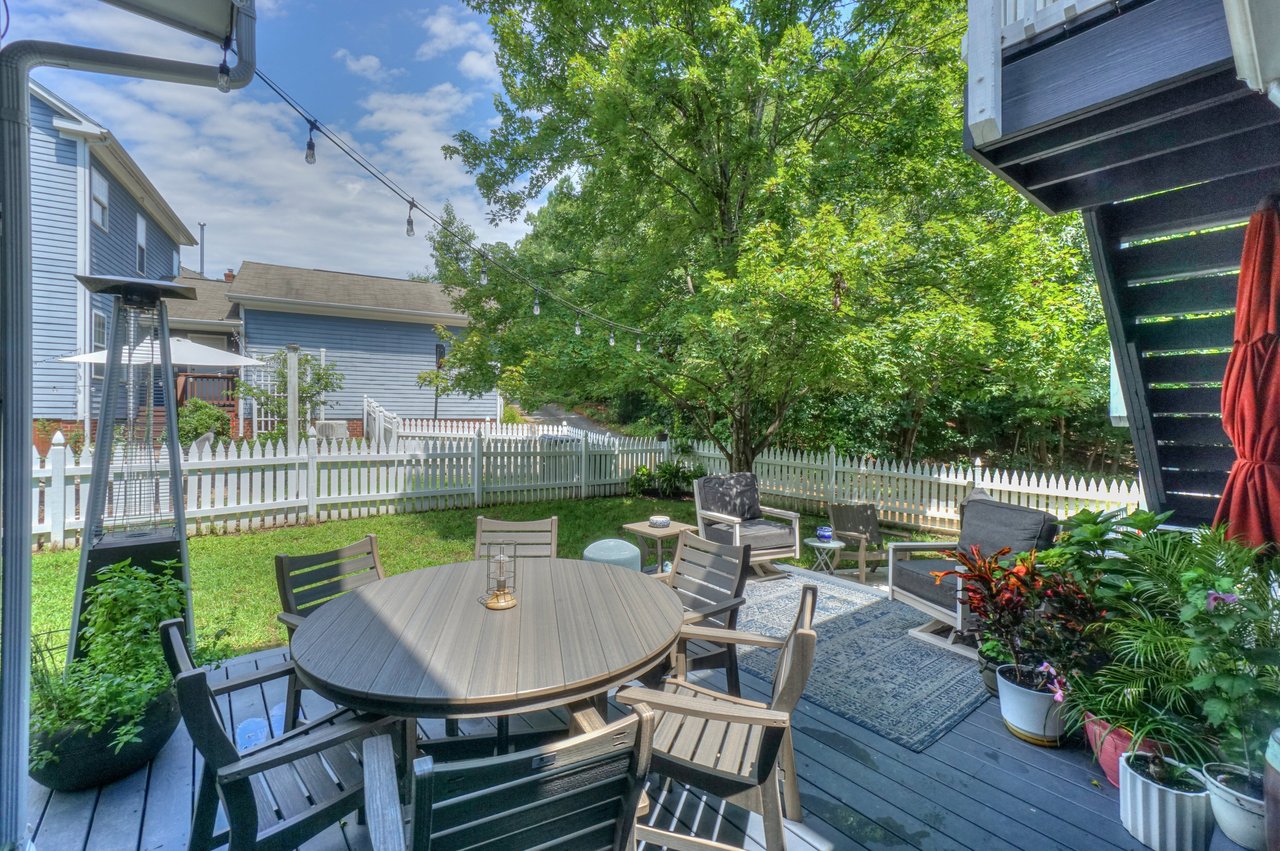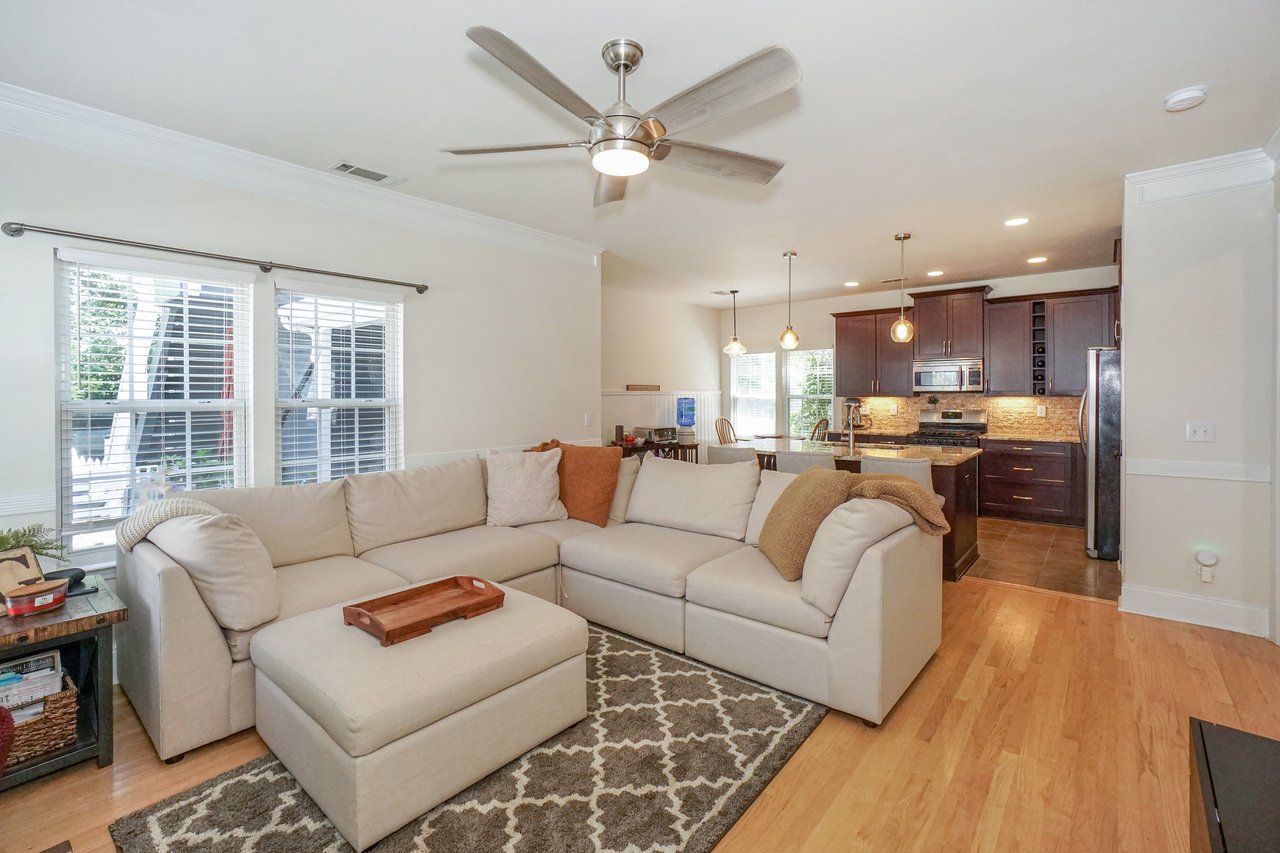When it comes to purchasing a home, prospective buyers often face a significant decision: whether to invest in a fixer-upper or opt for a move-in ready property. The choice between these two options is more than just a matter of personal preference; it involves a host of considerations, including budget constraints, renovation skills, and the desire for a customized living space. Both fixer-uppers and move-in ready homes offer unique advantages and challenges, making this decision a pivotal step in the exciting journey of homeownership.
What is the Difference Between Move-In Ready and a Fixer Upper?
The primary difference between a move-in ready home and a fixer-upper lies in their condition and the level of work required:
1. Move-In Ready Home: A move-in ready home, as the name suggests, is a property that is in good, habitable condition from the moment you purchase it. These homes are typically well-maintained, with all essential systems and components, such as plumbing, electrical, roofing, and appliances, in working order. They are usually freshly painted and might have updated fixtures, flooring, and other modern amenities. Buyers can move in and start living comfortably without needing immediate renovations or repairs.
2. Fixer-Upper: A fixer-upper is a property that requires significant renovations, repairs, or updates to make it suitable for living. Fixer-uppers are often priced lower than move-in ready homes to account for the work needed. These homes might have structural issues, outdated features, or a long list of repairs, ranging from cosmetic enhancements like painting and flooring to more extensive projects like replacing the roof, upgrading the plumbing, or rewiring the electrical system. Buying a fixer-upper typically involves a commitment of time, money, and effort to transform the property into the desired living space.
The choice between these two types of homes often depends on a buyer's budget, renovation skills, and personal preferences. Move-in ready homes offer convenience and immediate comfort, while fixer-uppers can be more affordable but require investment in time and resources to create a customized living environment.
Pros and Cons of Move-In Ready Homes & Fixer Uppers
Pros and cons of move-in ready homes:
Pros:
1. Convenience: You can move in and start living comfortably without the need for immediate renovations or repairs.
2. Predictable Costs: You have a clear understanding of the home's upfront cost, as there are fewer unexpected expenses compared to fixer-uppers.
3. Time-Saving: No extensive renovation work means you can settle in quickly and enjoy your new home sooner.
4. Low Stress: You can avoid the stress and uncertainty of major renovation projects.
5. Resale Value: Move-in ready homes often have a higher resale value, making them a potentially better investment.
Cons:
1. Higher Initial Cost: These homes typically come with a higher purchase price than fixer-uppers.
2. Limited Customization: You may have limited scope to personalize the home to your exact preferences.
3. Possibly Generic Design: Some move-in ready homes may have a generic or dated design that might not align with your taste.
Pros and cons of fixer-uppers:
Pros:
1. Lower Purchase Price: Fixer-uppers are usually more affordable upfront, allowing buyers with limited budgets to enter the housing market.
2. Customization: You have the opportunity to design and customize the home to your preferences.
3. Investment Potential: Renovations can significantly increase the property's value, potentially resulting in a good return on investment.
4. Learning Experience: If you enjoy DIY projects or want to learn about home improvement, a fixer-upper can be a great educational opportunity.
Cons:
1. Time-Consuming: Renovations can be time-consuming and may disrupt your living situation, especially if you need to make extensive repairs.
2. Unpredictable Costs: Renovation projects often have unforeseen expenses, making budgeting more challenging.
3. Stress and Risk: Managing renovations can be stressful, especially if unexpected issues arise during the process.
4. Skill Requirement: Renovating a fixer-upper requires skills or the need to hire professionals, which can add to the cost.
5. Resale Uncertainty: There is no guarantee that your renovations will result in a profit when you sell the property, and the housing market can fluctuate.
What Should You Avoid in a Fixer-Upper?
When considering a fixer-upper, it's essential to be cautious and avoid potential pitfalls that can lead to costly mistakes and headaches down the road. Here are some things to avoid:
1. Structural Issues: Avoid properties with severe structural problems like foundation issues, extensive water damage, or termite infestations. These can be very costly and difficult to repair.
2. Outdated or Inadequate Wiring and Plumbing: Houses with outdated or unsafe electrical and plumbing systems can be costly to upgrade. Ensure these systems are up to code and in good condition.
3. Mold and Asbestos: Properties with extensive mold or asbestos problems can pose health risks and require costly remediation. It's best to avoid homes with these issues unless you're prepared to handle the associated expenses.
4. Roof and Foundation Problems: Repairing or replacing a roof or foundation is a major expense. Inspect these areas thoroughly and avoid properties with significant issues.
5. Zoning and Permit Problems: Check with local authorities to ensure that the property's past renovations were done legally and have the necessary permits. Unpermitted work can lead to complications when you try to make improvements.
6. Neighborhood Issues: Research the neighborhood carefully. A great house in a problematic neighborhood can negatively impact your quality of life and resale potential.
7. Environmental Hazards: Beware of properties located in areas prone to natural disasters, such as flood zones or wildfire-prone areas. These can result in higher insurance costs and potential damage to your property.
8. Overly Optimistic Budgeting: Avoid underestimating the cost of repairs and renovations. Overly optimistic budgeting can leave you financially stretched or unable to complete the work.
9. Lack of Professional Inspection: Never skip a thorough home inspection by a qualified professional. They can identify hidden issues you might miss and provide valuable insights into the property's condition.
Taking the time to perform due diligence and avoiding these potential pitfalls can help you make a more informed decision when considering a fixer-upper. If you're willing to tackle these challenges, a fixer-upper can be a rewarding investment, but it's essential to be aware of the risks involved.
